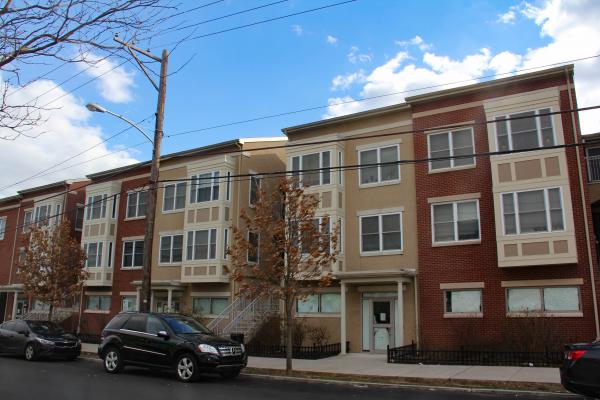Explore by Theme: Changing Neighborhoods
Historic trends in migration, immigration, housing, employment, education, income, and health are shown in maps and graphs drawn from the U.S. Census and other government documents.

For three quarters of the past century, public housing has controversially served low-income residents of several West Philadelphia neighborhoods.

Completed in 1962, West Park Apartments is the only high-rise public housing still in operation in West Philadelphia.

At the turn of the Millennium, Mill Creek Homes was in a state of neglect and disrepair. The project’s replacement would be the vibrant and radically different Lucien E. Blackwell Homes.

In the late 1950s, the Philadelphia Housing Authority, as an alternative to building elevator towers, experimented with “conserving” (i.e., renovating) used housing as public housing in Haddington, a working-class neighborhood in racial transition.

Opened in 1961 in the working-poor, black-segregated neighborhood of Mantua, Mantua Hall was an 18-storey, 153-unit modernist apartment tower built to house 495 people.

The architect Louis I. Kahn’s design for Mill Creek Homes—three 17-storey high-rise buildings and a cluster of two- and three-storey low-rises—was implemented by the Philadelphia Housing Authority in the Mill Creek neighborhood beginning in 1953 and extending into the 1960s, though with reductions in Kahn’s original design.

In the decades after World War II, segregated public housing was planned to provide “safe and sanitary housing” for low-income residents—an aspirational goal that lacked both resources and political will to bring to fruition.

In the decades after World War II, Mantua was a poor majority-African American neighborhood in West Philadelphia’s northeastern section. In the 1980s, Mantua Against Drugs worked to halt the spread of crack cocaine in this neighborhood.

The Market Street Elevated or “El” shaped 20th Century West Philadelphia.